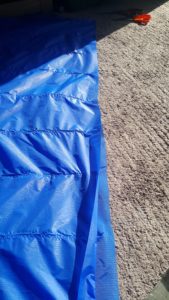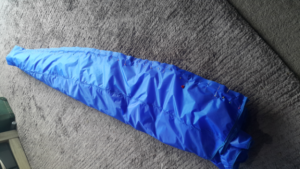Far too long since I’ve written anything. I’ve been quite busy, mostly with baking activities that I’ll have to ‘backfill’ as I get a chance…
But yesterday, finally got a decent day to put the blue parafoil up at the Tauranga waterfront, along with the GoPro camera. I had, earlier in the day, ‘re-rigged’ the Picavet camera stabilising rig (see an earlier posting) using a heavier line – not that it needed to be stronger, but I was getting tired of untangling the finer line I had originally used.
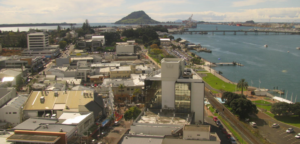
What I was hoping was that I could have it in the air long enough to get recorded by a Tauranga webcam. That camera takes a picture every 10 minutes through the day – and I figured if I had the kite up, it should be visible when I get home to check that webcam. And it was – you can see the blue shape appearing to float above the wharf off to the right side of the picture!
The flight itself was not particularly long (a bit over 4 minutes of film) and somewhat limited as I only had a small roll of line, so couldn’t put it especially high into the air. Given it is central city and not a very big place to fly a kite, that’s probably a good thing.
You can see me launching the kite. I had it relatively low in the air, up until the 3 minute mark when I have let out all the line. I see there’s something of a scratch of some such on the lens, just to the left of centre – I try not to look at it…
And naturally, when I was finished, I went to have a beer at the Crown and Badger!

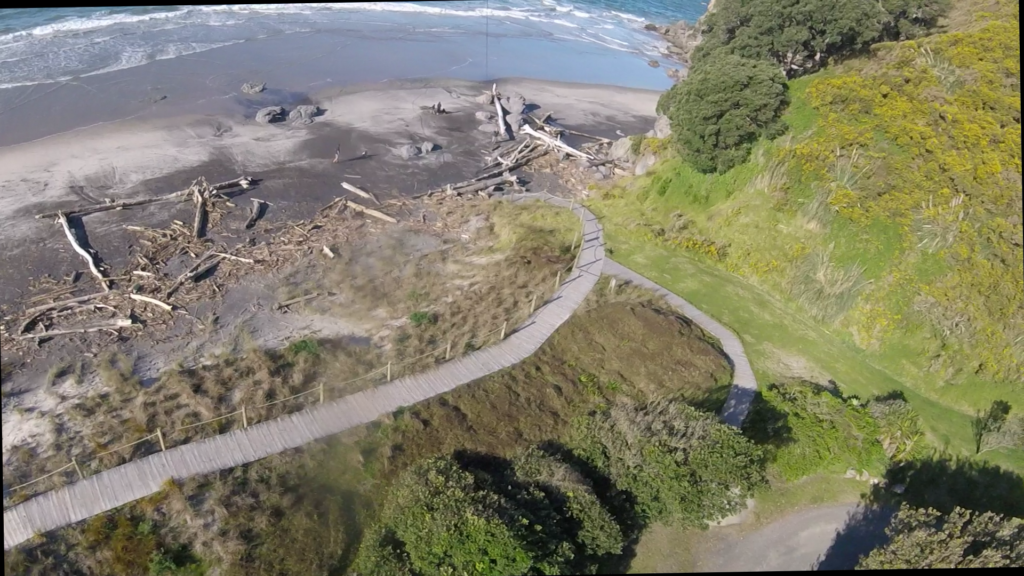

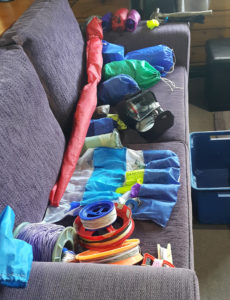 Though I’ve not referred to it here much, there is a kite day this coming Sunday at Fergusson Park for Matariki. I’m not usually much for kite days, as I’m not overly social (!) at the best of times.
Though I’ve not referred to it here much, there is a kite day this coming Sunday at Fergusson Park for Matariki. I’m not usually much for kite days, as I’m not overly social (!) at the best of times.
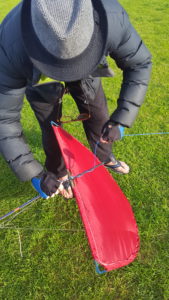


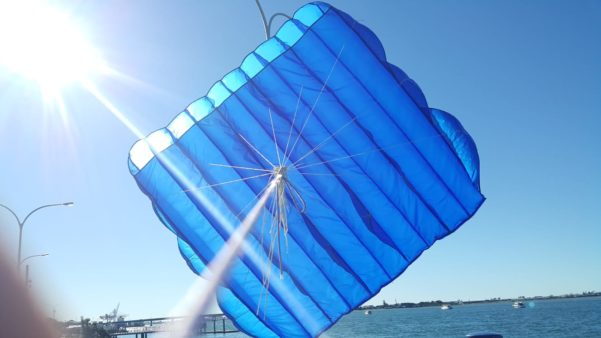 But flying. No doubt at all that it will be a heavy puller – when I didn’t have it tied to a bench, it could feel sort of scary even at low altitudes, pulling enough to be more than I’d want to handle i
But flying. No doubt at all that it will be a heavy puller – when I didn’t have it tied to a bench, it could feel sort of scary even at low altitudes, pulling enough to be more than I’d want to handle i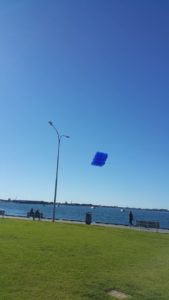 n a bigger wind…
n a bigger wind…